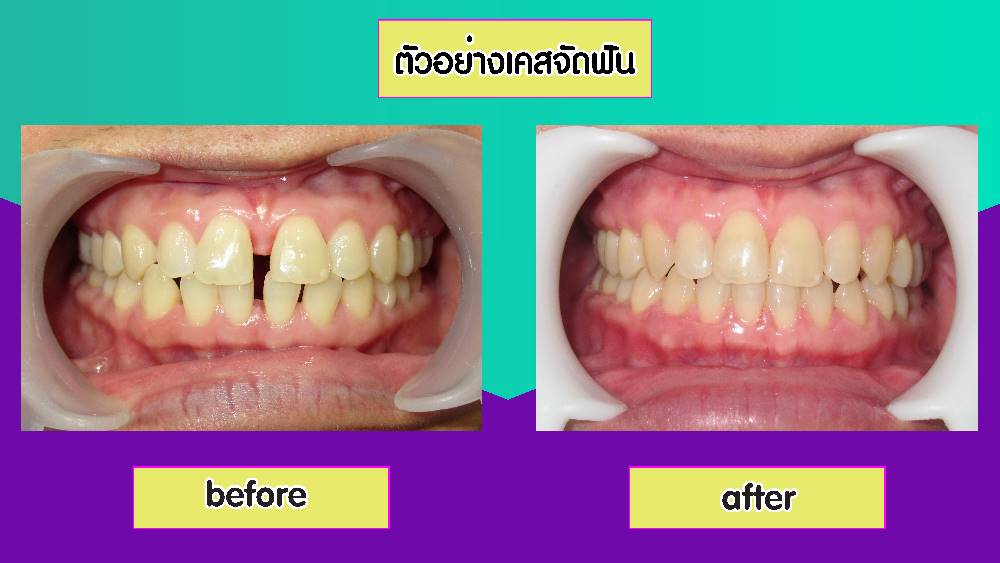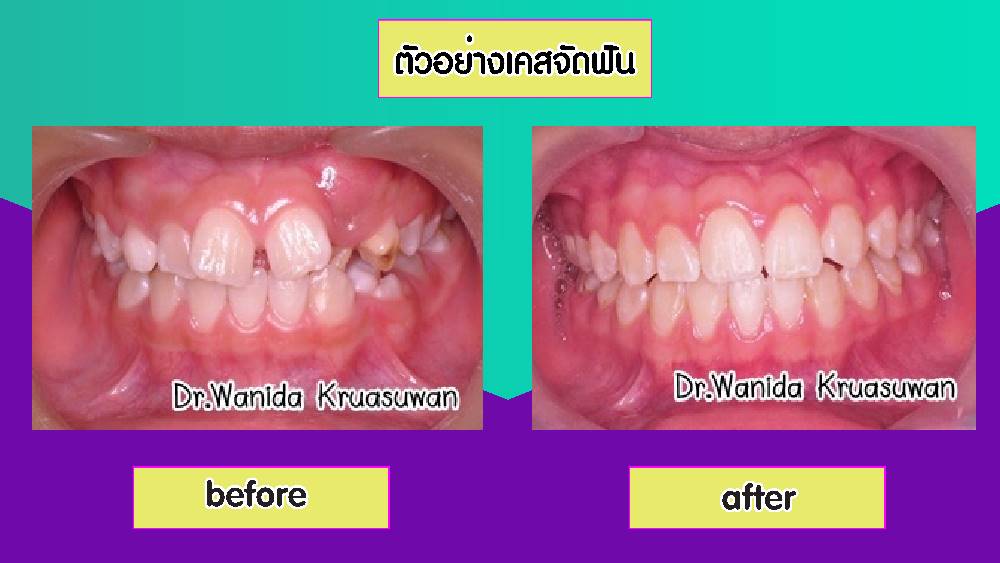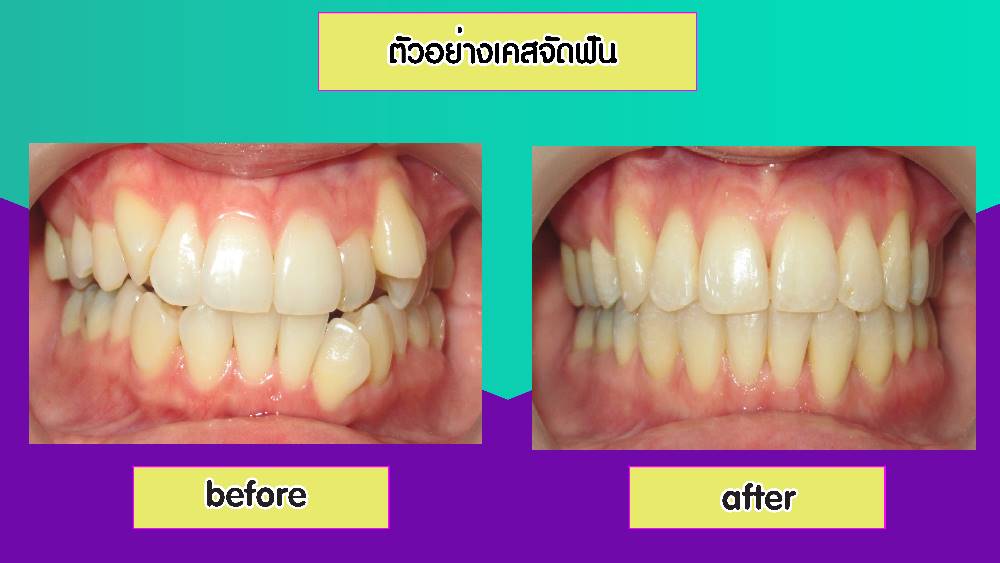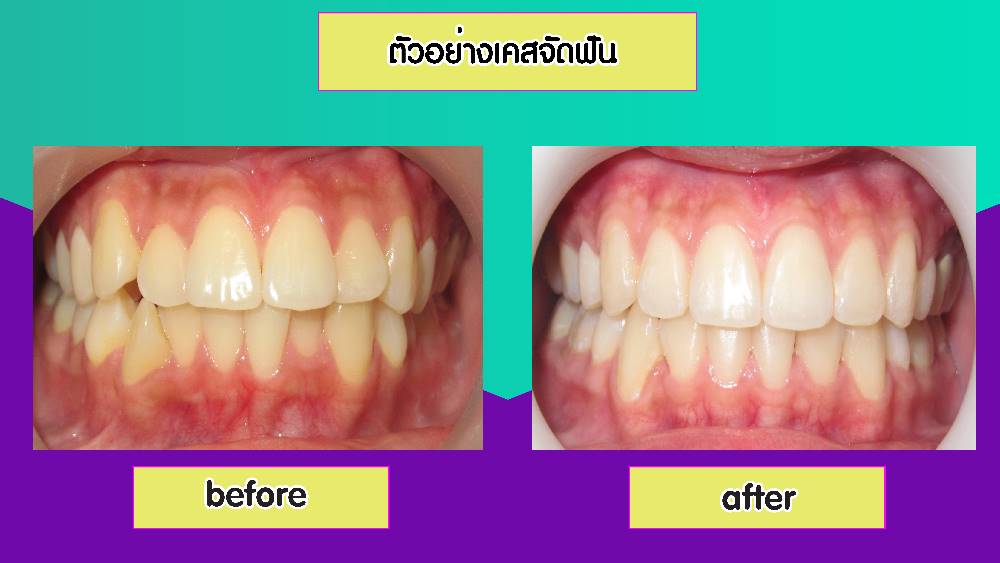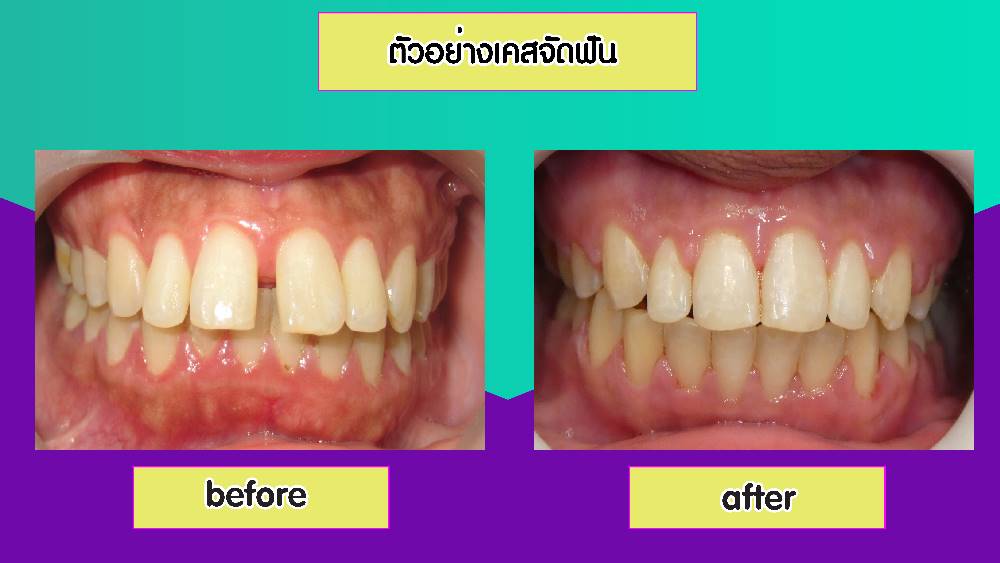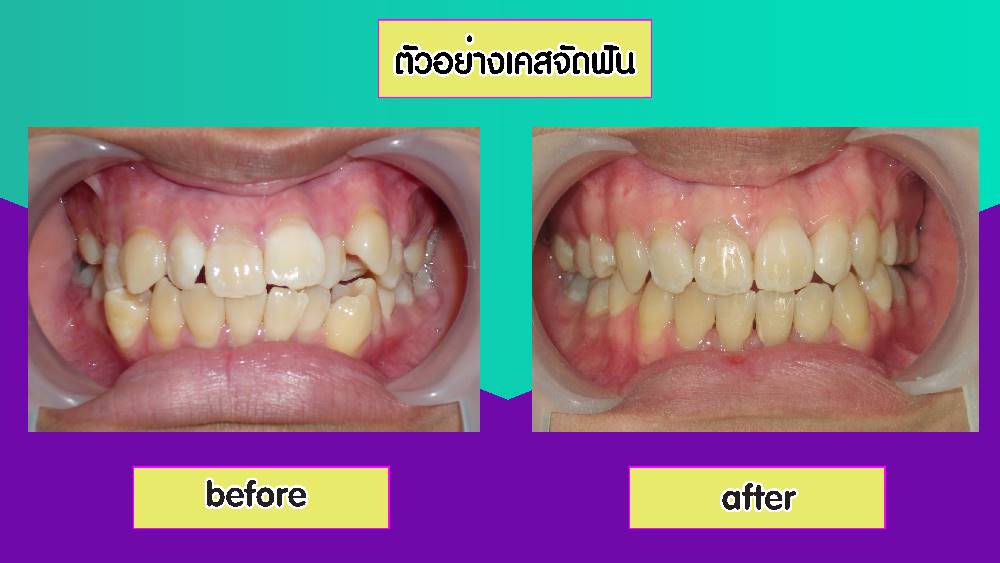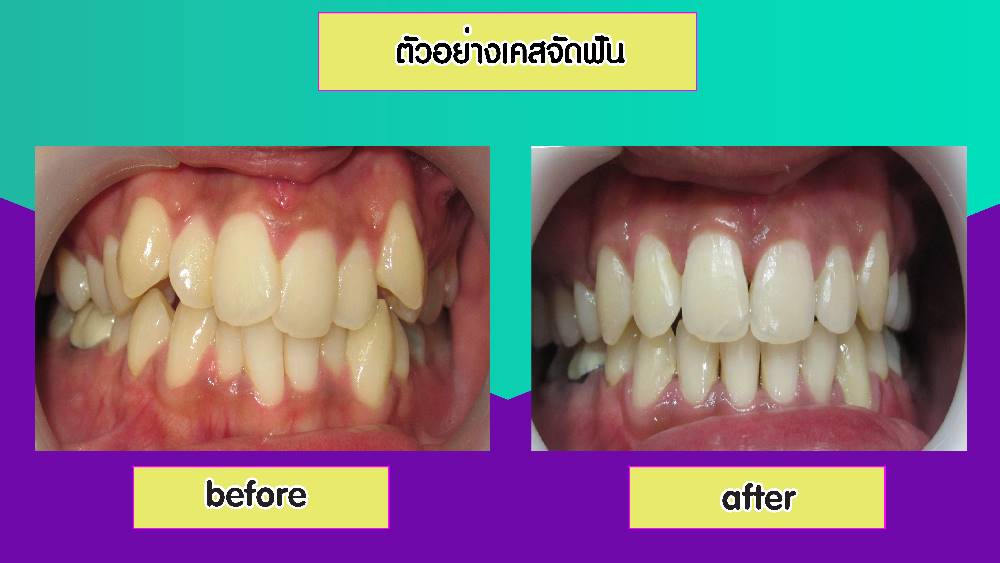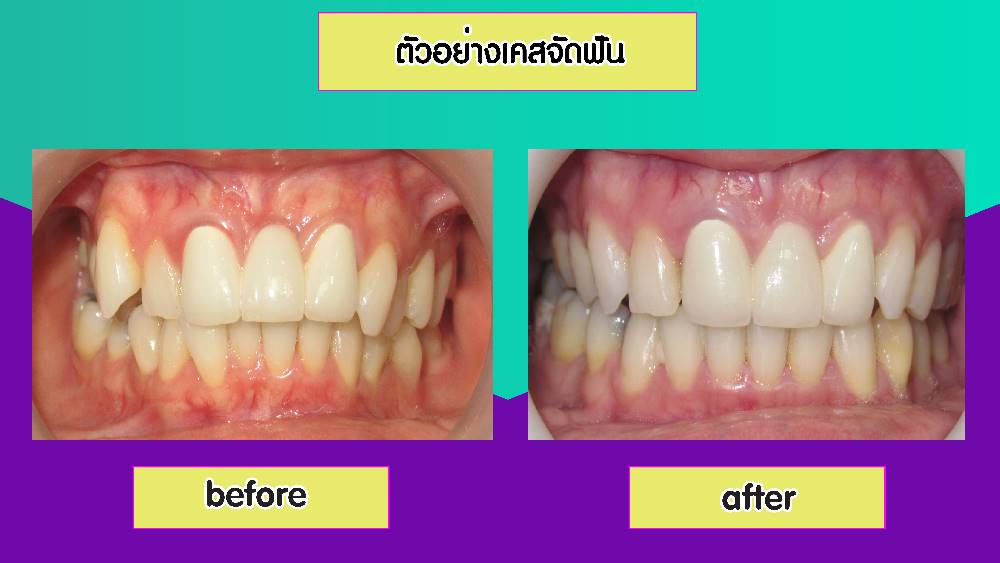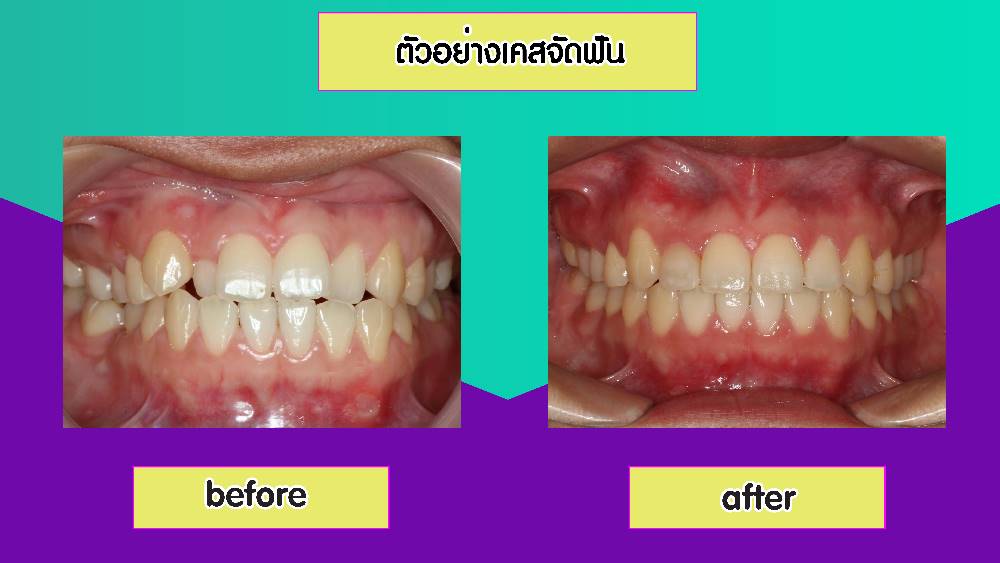
Orthodontics (Braces)
Orthodontics is a branch of dentistry that fixes the alignment of teeth by correcting overcrowded teeth, protruding teeth, over bite or under bite, etc. Orthodontics can also help correct teeth occlusion back to normal. This procedure must only be performed by a qualified dentist specializing in orthodontics.
Only a qualified Orthodontist can determine whether the patient is a good candidate for dental braces, and the only one who can create a treatment plan for each particular orthodontic case. The diagnosis should include:
• Ask about medical and dental treatment history
• Take a model of upper and lower teeth
• X-ray teeth, jawbone and facial structure
• Take pictures of teeth and malocclusion
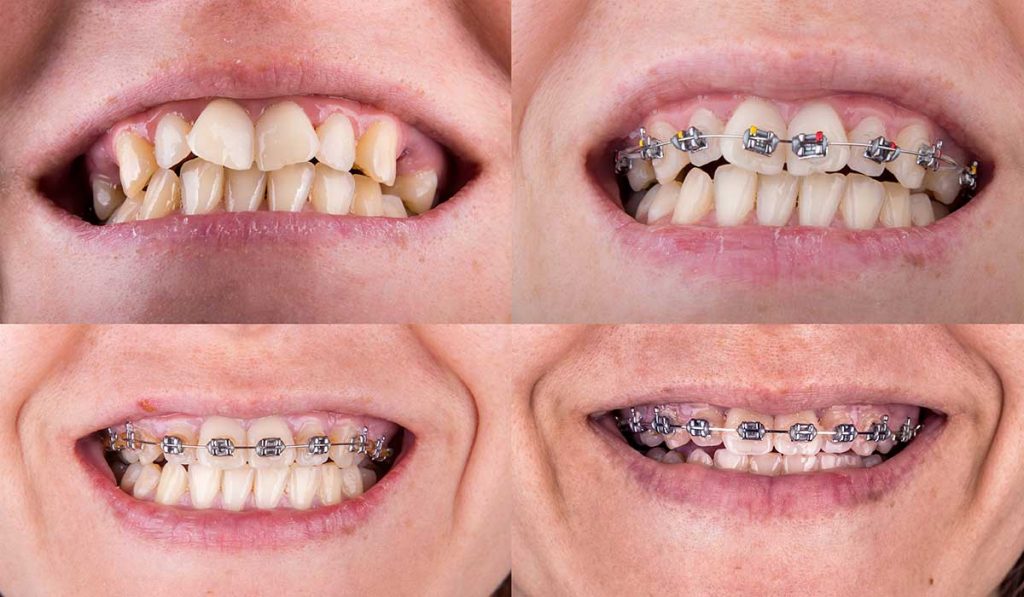 Indications for people who should undergo orthodontic treatment:
Indications for people who should undergo orthodontic treatment:
- Overbite – people with large teeth protruding forward
- Crossbite – when the upper teeth do not come down slightly in front of the lower teeth when biting together normally
- Tooth spacing – gaps, or spaces, between teeth probably resulting from missing teeth, or inborn
- Teeth crowding – when there are too many teeth for the dental ridge to accommodate
- Open Bite – space between the biting surfaces of the front and/or side teeth when the back teeth bite together
- Underbite- where the lower teeth are too far forward or the upper teeth too far back
After teeth examination and treatment planning, some people are required to do other dental treatment, such as filling, scaling, and treatment of gingivitis, tooth extraction or wisdom teeth surgery. The orthodontist will decide whether it is necessary to extract teeth or which teeth should be taken out according to the nature of the patient’s teeth abnormalities. Each patient treatment plan is different. Therefore, a thorough teeth examination is needed before a treatment plan is made.
Usually, braces take about 2 years; some cases may take longer or shorter, depending on the abnormalities of the teeth, and whether the patient strictly follows the orthodontist’s instruction. This includes regularly attending a once a month dental appointment to readjust the braces, and assess the treatment progress.
Caring for Teeth with Braces
During orthodontic treatment Patients should take care to clean the teeth and maintain a consistently good oral cavity. Patient is recommended to use orthodontic toothbrush, because the teeth that are attached to the tool or equipment will be harder to clean than before, and teeth will be more prone to accumulating food particles in between teeth and around the braces.

There are also other accessories to help clean teeth with braces, such as inter-dental brushes, dental floss especially designed for teeth with braces. In addition, after braces installation, patient should refrain from eating certain foods such as sticky foods like chewing gum, hard or brittle food, and also desserts, because it may cause tooth decay and gingivitis.
Things that braces Cannot Do
Orthodontics cannot change the shape of the face, only surgery can do that. It is a misconception that teeth extraction including wisdom teeth performed before putting the braces, that it will change the shape of the face. This is not true, because extracting teeth, does not automatically reduce the size of the jaw. Therefore it does not alter the overall image of the patient’s face. In some cases, it may not improve the patient’s appearance very much, but what is important is that patient’s teeth can function as occlusion as normal as it should be.
Skytrain Dental Group

